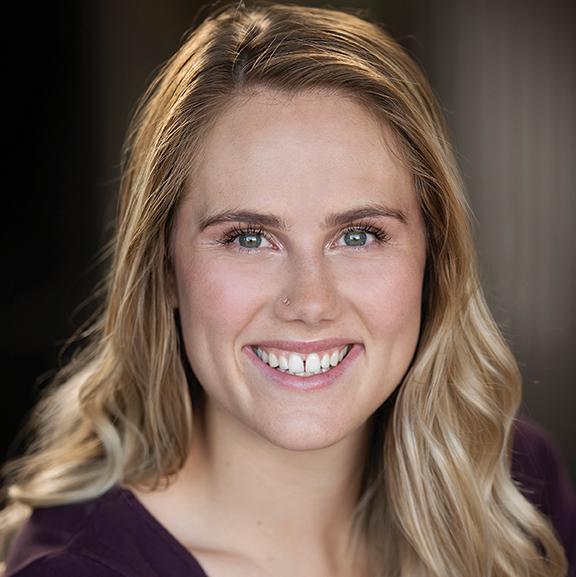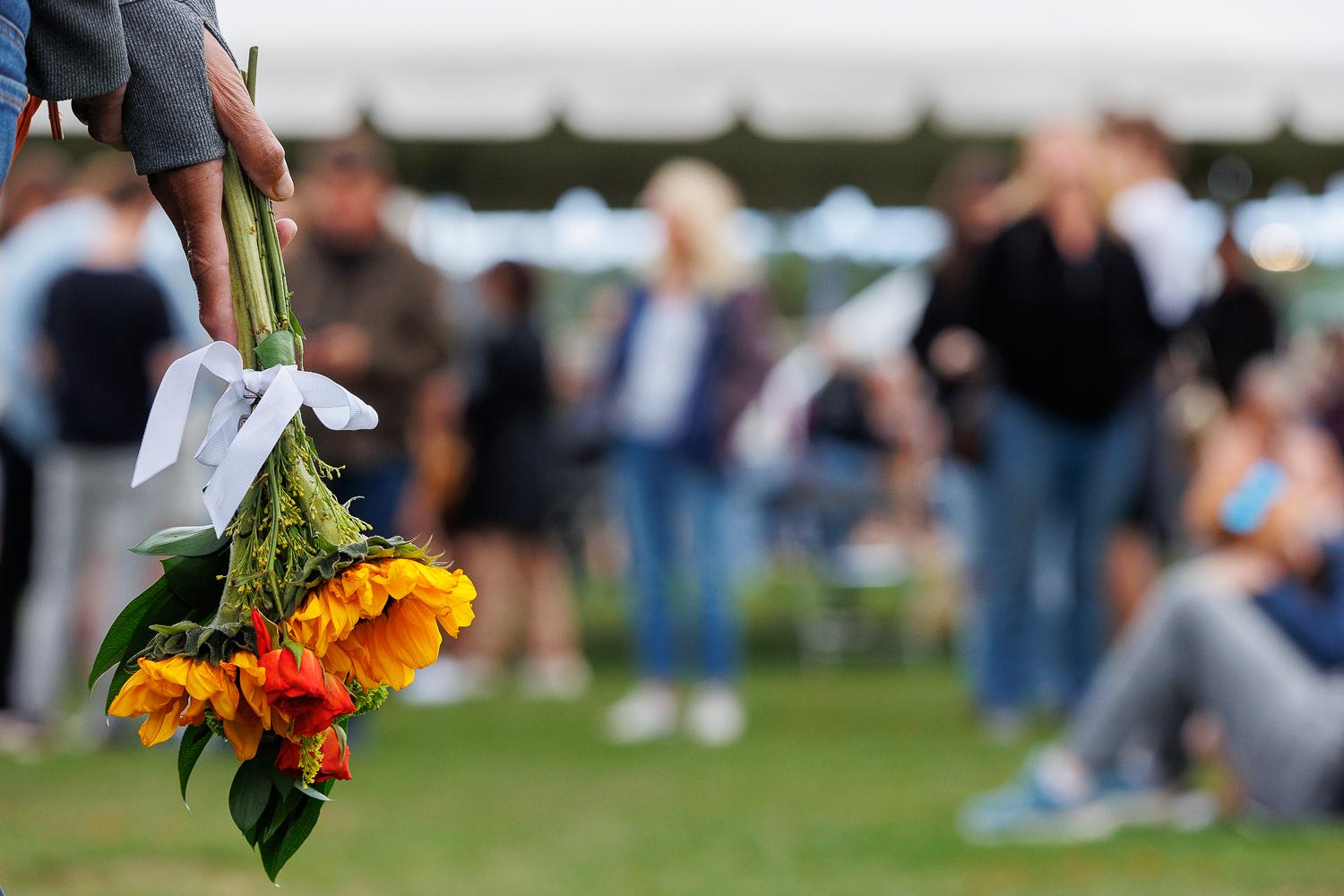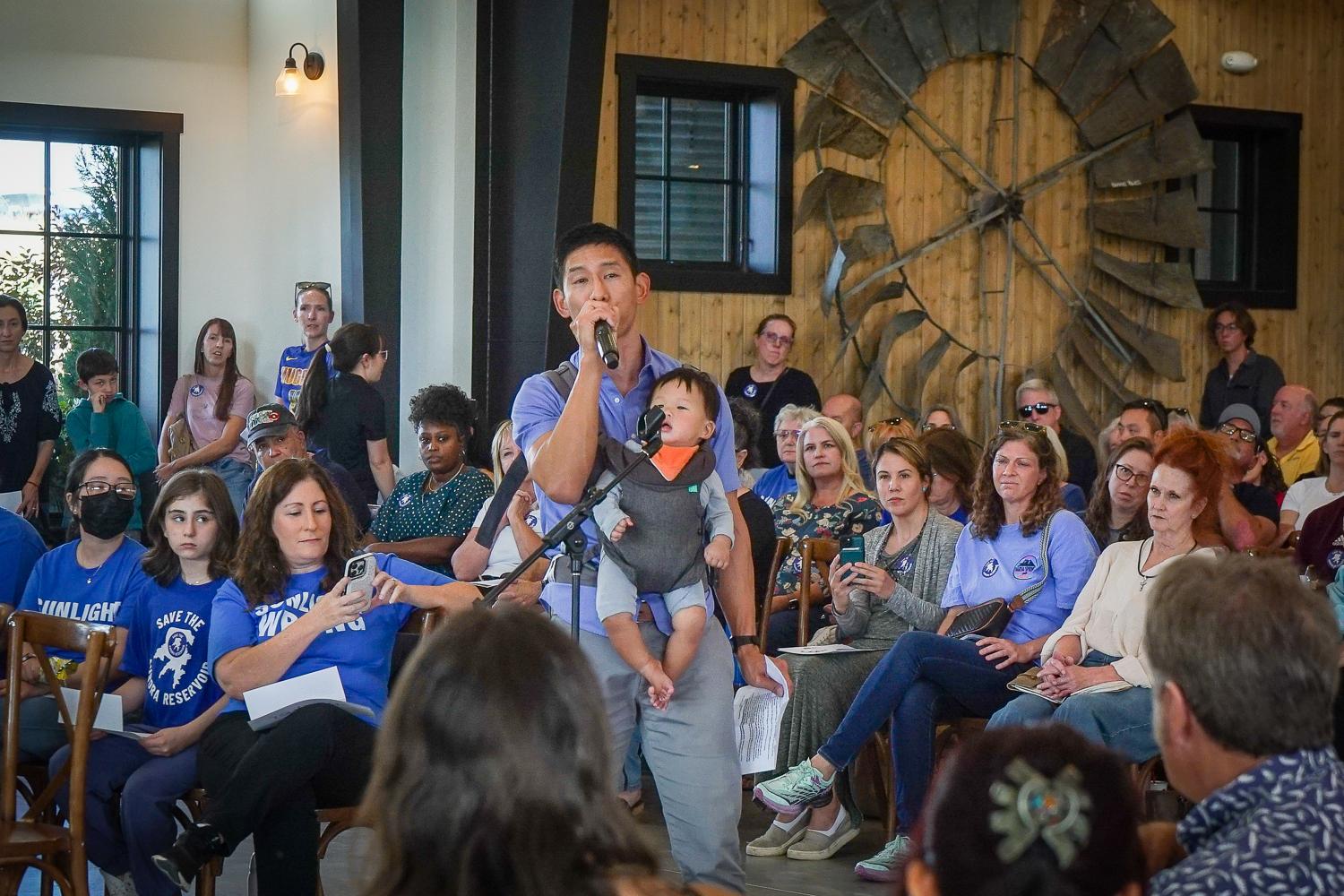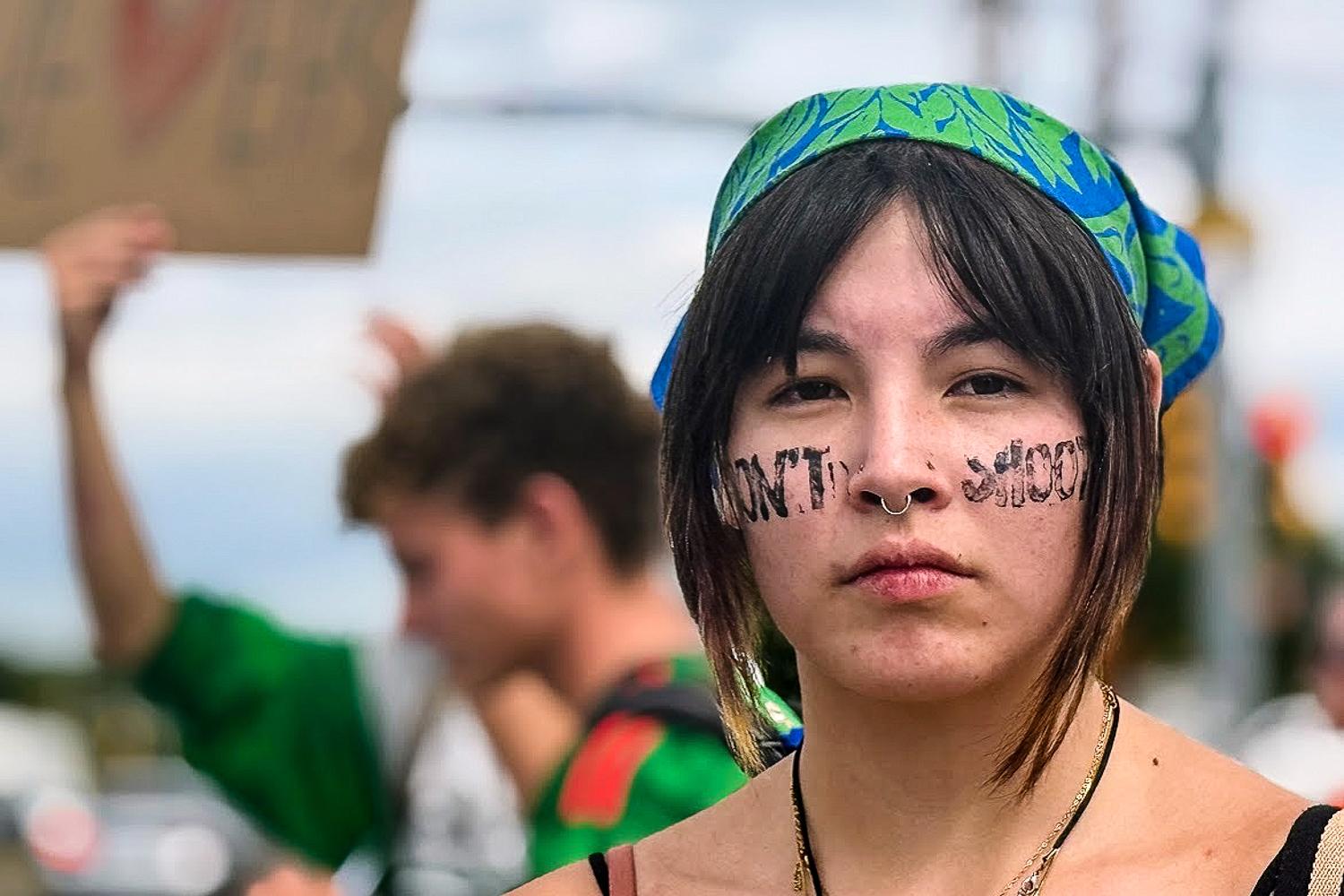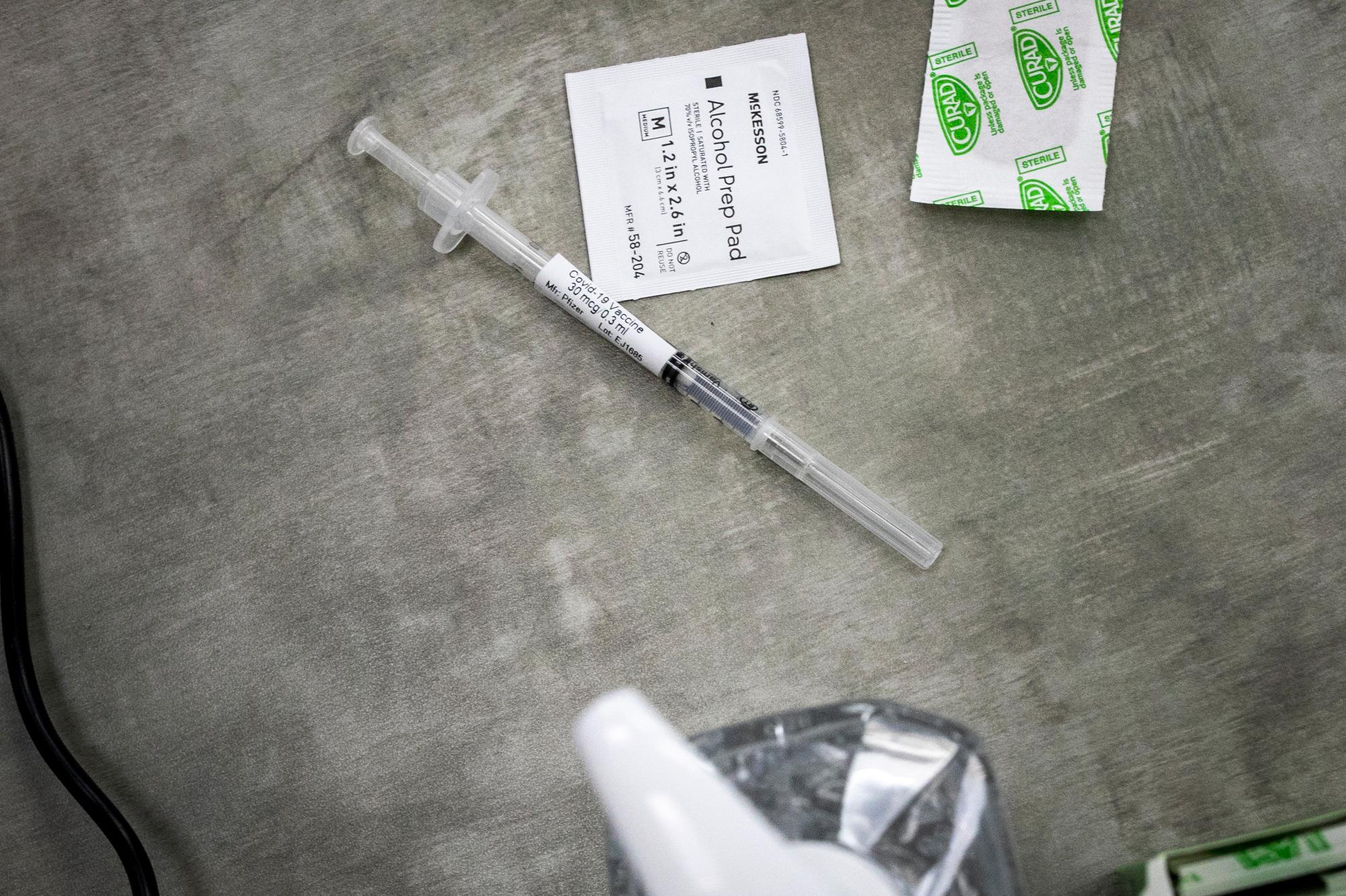
Since the beginning of the pandemic, medical residents at the CU School of Medicine have been working with COVID-19 patients. As the hospitals they work at started to get Pfizer vaccines for frontline health care workers this month, residents were excited and relieved. But, in the first week of vaccine distribution they said they were treated as less of a priority than other medical professionals working with COVID-19 patients.
“It really felt like a willful disregard for our health and wellbeing,” said a senior resident who works at both Denver Health and UCHealth. “It felt like we were forgotten that no one had even considered to include 1,200 members of the health-care workforce in this plan to vaccinate people in the first round of vaccinations.”
CPR interviewed seven residents, three of whom are quoted in this story. Each of the seven asked not to be named because they feared publicly criticizing the university or the hospitals would affect their futures in the profession. CPR also spoke to officials from the CU School of Medicine, UCHealth, Children’s Hospital of Colorado and the Rocky Mountain Regional VA Medical Center about residents' status when it comes to vaccinations. Denver Health declined to comment.
Residents were initially told they would be vaccinated weeks after other 1A and 1B healthcare workers. That timeline was moved up, but residents faced technical difficulties accessing vaccine invitations and confusion about when and how they were to get vaccinated.
They said the confusion of the vaccine rollout was frustrating but the feeling of being undervalued in comparison to other frontline providers they’ve been working alongside has compounded how they were already feeling: overworked and vulnerable.
“I'm working 320 hours a month and getting four to five days off,” said a junior resident. “I think I'm down to six days off between now and February.”
At the time of his interview, he said he still had not received an invitation to be vaccinated.
This issue has come up elsewhere in the U.S. In California, only seven of Stanford’s first 5,000 vaccines went to residents. Residents and supporters protested, and later the leaders of Stanford Health Care and Stanford School of Medicine sent an email to staff that apologized for the debacle.
Laying Bare Pre-existing Issues
The residents said the pandemic has exacerbated problems that already plague residency.
Nationwide, they work an average of 80-hours a week over 4-weeks and sometimes work 24 to 28-hour shifts, all of which potentially puts both them and their patients at risk. They face high rates of burnout and suicide.
“Residency is the flawed backbone of the American health-care system, and it's built on these positions where we're taking advantage of people who are essentially powerless,” the junior resident said. “I think there’s so much wrong with residency and talking about organizing is something that we've been doing well before COVID started, and now this is highlighting it to a different degree.”
Residents are the lowest-ranking doctors in a hospital. Between UCHealth, Denver Health, Children’s Hospital and the VA there are about 1,223 residents across all disciplines. The residents are in what some involved with Colorado's residency programs called a “gray area” between being students at the CU School of Medicine and employees at the various hospitals. They are recruited and paid through the university but spend their time rotating between the four hospitals, depending on their specialty.
On Dec. 12, one day after the U.S. Food and Drug Administration granted an emergency use authorization for the Pfizer COVID-19 vaccine, residents were told they would not be vaccinated until January, according to internal emails from university program directors to residents.
“That was just terrible,” said a senior resident who spent time working in the COVID-19 intensive care unit at University Hospital. “It made people really angry, really anxious and really confused.”
He recounted days in the ICU when multiple people with the virus died. It was a harrowing experience, but one that he and other residents were more than willing to volunteer for.
Vaccine Rollout Plan For Medical Residents
The January date was planned before the hospitals knew when and how many vaccines each would get, according to Dr. Shanta Zimmer, senior associate dean of Medical Education who also works as an infectious disease specialist at the UCHealth Anschutz Campus.
“The vaccine came earlier than expected and actually with more doses than I think we were expecting, too,” she said. “We pivoted to say, well, let's get those residents as quickly as possible. But that meant we had already set up the doses, the structure for them to get the January ones.”
Zimmer sent an apology to residents by email. In it, she said, “I am most upset by the impact of these mistakes has been to make you feel undervalued rather than celebrated for the work you have done over the course of the pandemic.”
Over the course of the first week of vaccinations, the four hospitals worked to get residents vaccinated sooner. Zimmer said in an email that as of Dec. 19, at least 1,134 residents had received invitations.
“It's been kind of chaotic and constantly changing and honestly hard to get clear information about the vaccine scheduling,” said a senior resident who did get a vaccination. “I was scheduled for the end of December, but they've been able to open up more spots it seems so I was able to reschedule.”
Hospitals in Colorado followed federal guidelines for vaccine distribution. In the first phase, 1A, those with the most frequent or direct contact with COVID-19 patients were to be vaccinated. Most residents meet that criteria. Then 1B, those who have less frequent or indirect contact with COVID-19 patients, and then phase 2, all other hospital employees.
Confusion Over Invitations, Scheduling
When the university changed its initial vaccination plans, it was met with technical difficulties. Zimmer confirmed that some residents did not receive invitations to schedule a vaccination appointment.
“While there have been some delays caused by individuals who needed to create an account or who did not check their messages, some residents received vaccination invitations on the first day we sent out messages,” Dan Weaver, vice president of communications at UCHealth wrote in an email statement. “More messages were sent out to residents and all our other staff and providers last week and this week as we have had more available appointments for vaccinations.”
He said UCHealth has prioritized residents and has invited all residents and fellows who are rotating at UCHealth locations in December and January to be vaccinated.
Troubleshooting Across Four Health Systems
The hospitals are allocated vaccines, not the university. Zimmer said this, in combination with residents rotating between hospitals, created an opportunity for technical issues.
“I think what I would've done differently is to have a dry run of a percentage of residents to practice in November for each hospital site,” she said. “What has been hard for us is to troubleshoot across all four health systems.”
In a statement, Dr. David Brumbaugh, chief medical officer at Children’s Hospital Colorado, acknowledged “unforeseen technical difficulties in the first 24 hours of scheduling,” but said they were resolved promptly.
Dr. Heather Young, Medical Director of Infectious Diseases at Denver Health, said the hospital is working with the medical school to get vaccines to residents as soon as possible.
“Denver Health has worked with CU (Graduate School of Medical Education) to provide timely vaccination to all residents who have expressed interest in receiving the vaccine,” Young said in a statement.
A spokesperson from the VA Eastern Colorado Health Care System said residents there are included in the first group of workers to be vaccinated.
“At the Rocky Mountain Regional VA Medical Center, we include residents in our 1A priority group," the statement said. "It is our process to make the determination of vaccine priority based on the risk associated with each employee's assigned working location per CDC and VA guidance.”
